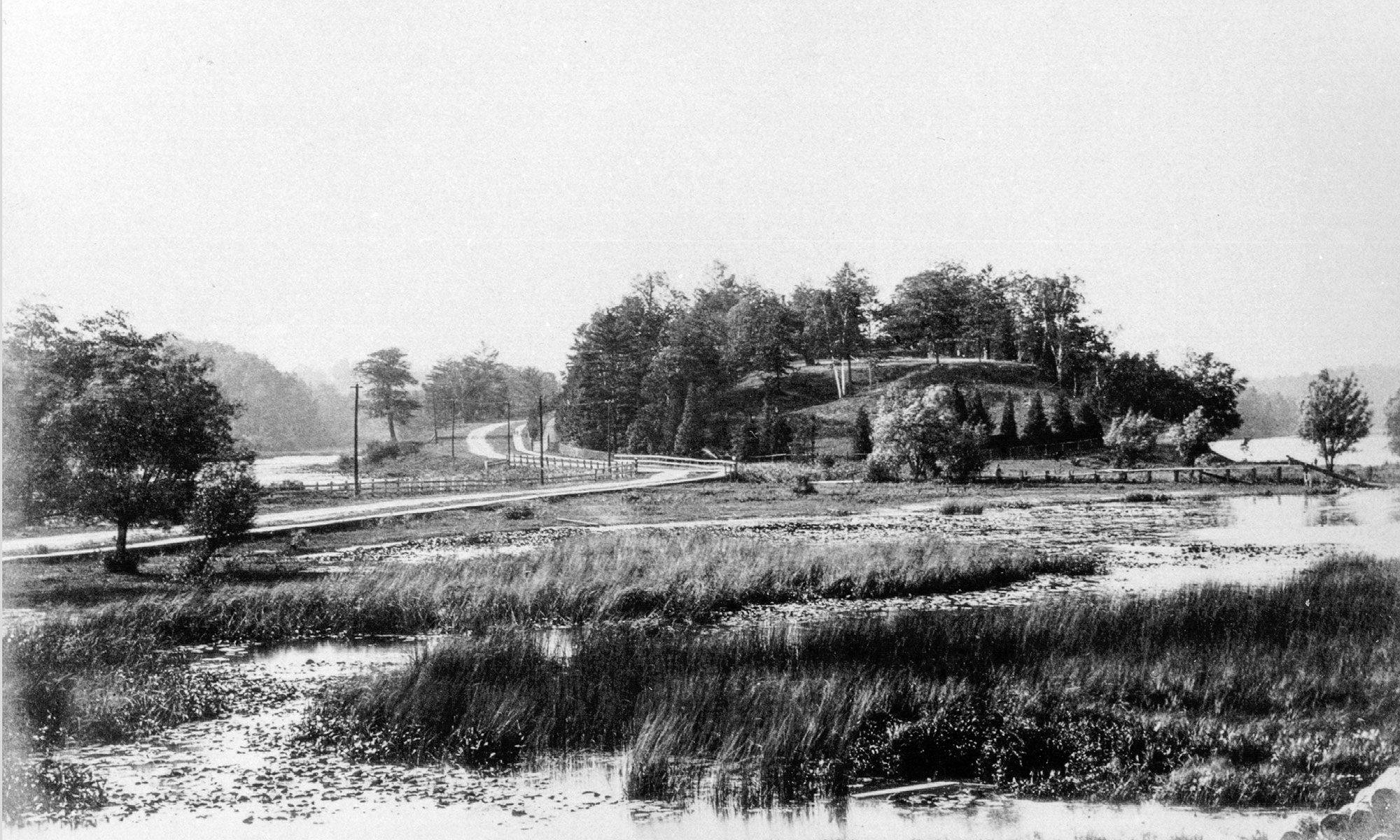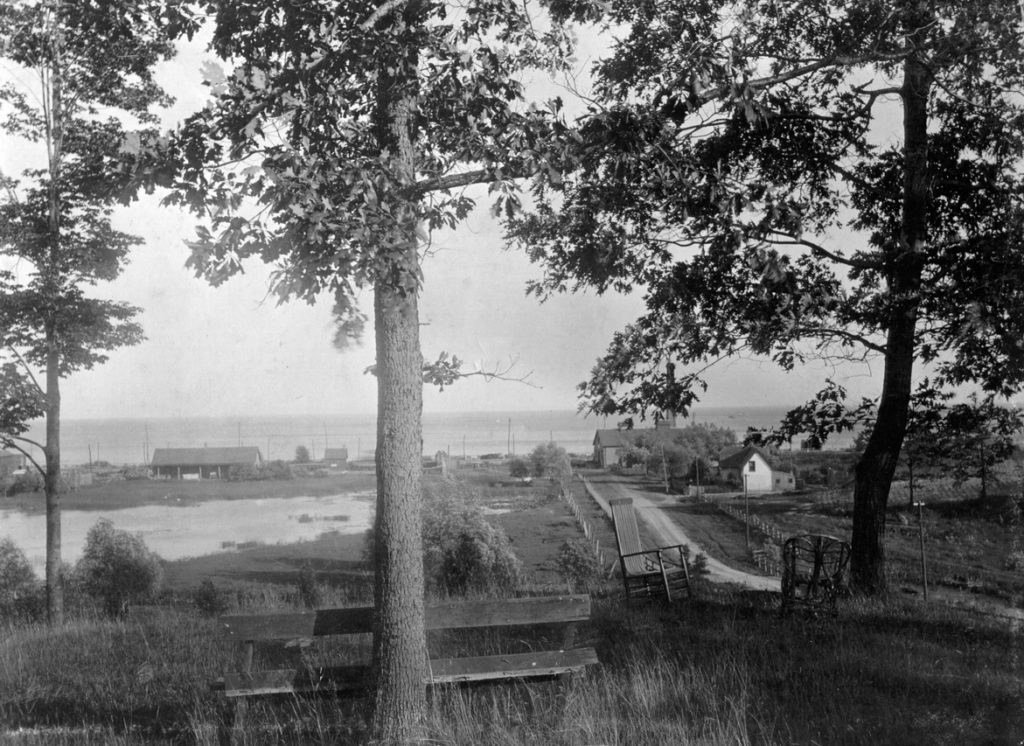
SWANSEA
By Eleanor Ward
This article about Swansea, by Eleanor Ward was prepared for the 2011 Toronto Botanical Garden’s tour, in Swansea and was published in the Swansea Historical Society newsletter June, 2011. It has been edited slightly for this website. Used with permission by Eleanor Ward.
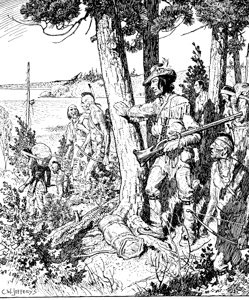
Swansea, one of Toronto’s most beautiful suburbs, presents a magnificent panorama, a rolling terrain, hill and valley, stream and lake and forest. Swansea is a Village totally enclosed by a city , yet Swansea is already more than three centuries old.
Spectacular views drew its first settlers and continue to beautify this much-loved community. Topography and views have always defined Swansea. Early settlers located their country homes to take advantage of the gorgeous prospects over Grenadier Pond, the Humber River and Lake Ontario.
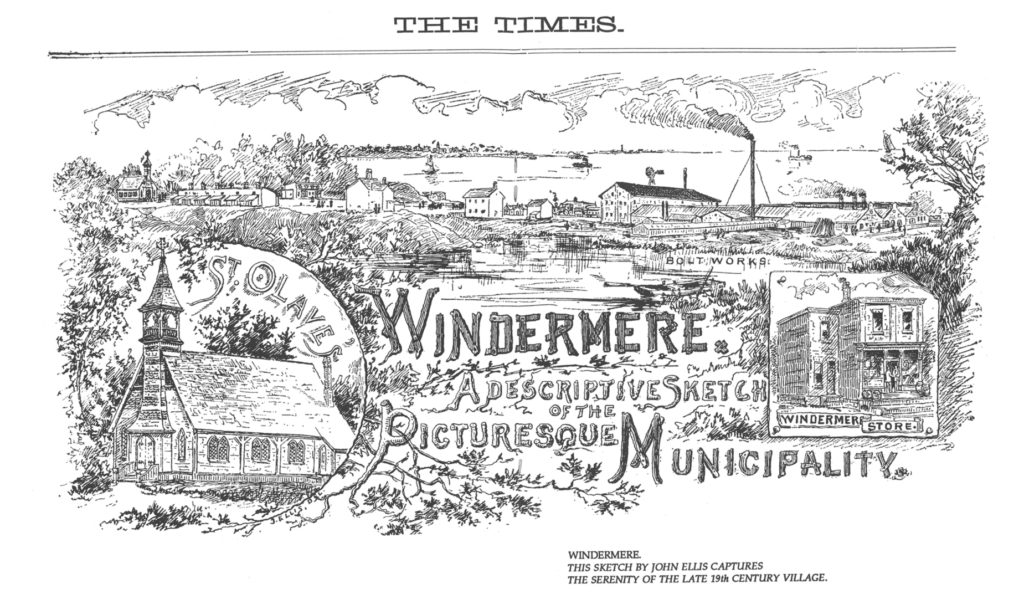
These early citizens gave romantic names to the area, first calling it Windermere, a miniature version of England’s Lake District, and later, Swansea after Swansea in Wales. Ėtienne Brûlé, a young Frenchman who spent several years living with and learning about the First Nations people, traveled down the Toronto Carrying Place in 1615, and was the first European man to see much of this province and the north shore of Lake Ontario. His viewpoint was from a high hill where First Nations people often camped, near the present-day Brûlé Gardens subdivision.
Swansea is one of Toronto’s oldest inhabited areas. Around 1790, before York and Toronto were founded, Swansea’s first settler, a French trader named Jean Baptiste Rousseau, lived at the foot of the Humber River near the location of an old French trading post. In 1793 Lieutenant Governor John Graves Simcoe ordered mills built on the Humber River and declared part of Swansea a mill reserve, with forests left intact for the use of the King’s Sawmills. After several decades, the mill reserve remained unused and the area was subdivided into park lots and sold.
The western part of Swansea became lot 41, running south from Bloor Street. In 1838, John Ellis Sr. bought the most easterly lot, number 38, comprising 165 acres, including most of Grenadier Pond. Adjoining his parcel was one owned by his friend from England, architect John Howard, who later donated his estate to the city to create High Park. Ellis, an engraver, built his home (designed by John Howard) Herne Hill, on present-day Woodland Heights. Ellis Avenue was approximately the western boundary of his property.
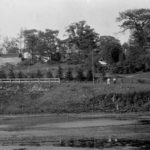
Throughout the 1800s, Swansea was treed rural land with craggy hills, country estates, a few farms and seven ponds. The Humber River was a favourite place for picnics, salmon fishing and day trips by steamer from Toronto Harbour.
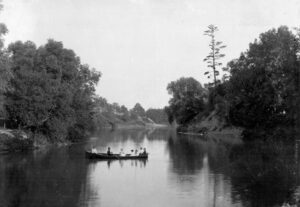
People played golf on Palisades Ridge, with its spectacular views eastward. The original clubhouse, Herne Hill Cottage, stood on the east side of Ellis Avenue.
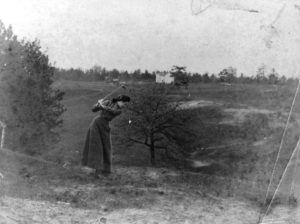

John Ellis Jr. sold some of the land north of Herne Hill to other early Swansea citizens, including William Rennie, owner of the William Rennie seed company. Rennie built a house and trial gardens adjacent to Herne Hill on what is now Grenadier Heights and the Rennie flowerbeds became a popular local attraction. The Rennie house was demolished in the 1920s to make way for the development of Grenadier Heights.
The Gemmell house (181 Ellis Avenue) was another early estate built in 1887 by architect John Gemmell for his father Alexander. John Gemmel’s designs included Knox College on Spadina Circle, the 1891 Morningside Presbyterian Church, 22 DeForest Road, the 1914 addition to Swansea Public School and the Church of the Redeemer at Bloor and Avenue Rd.
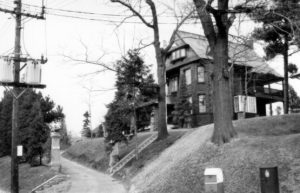
In his will, Gemmell left money for the construction of the second Morningside Presbyterian Church built of Indiana and Owen Sound Limestone, which he sketched before his death, and which now stands at the top of Ellis Avenue.
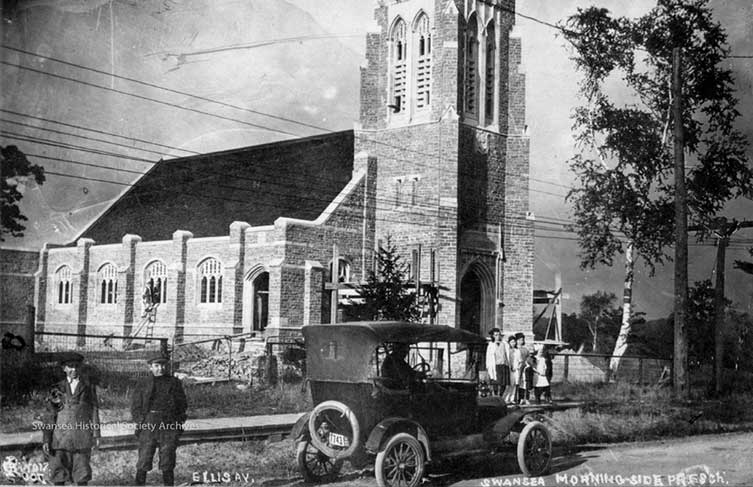
For many years the only urbanized area in Swansea was tiny Windermere, which was located in the centre of Swansea, just south of Bloor Street, where the relatively flat land made it suitable for a grid of streets and building lots. To the south, near the new railway line and close to the lake, industry developed. The Ontario Bolt Works became a major employer in the area and eventually was bought out by Stelco, operating until 1989.
By 1890, the area became known as Swansea, and merited a train stop on the Great Western Railroad at Windermere Avenue. The post office was housed in The Bolt Works building and the first St. Olaves Anglican Church services were held there, too.
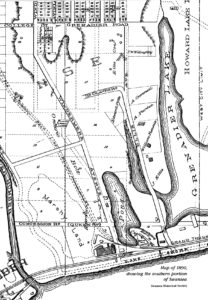
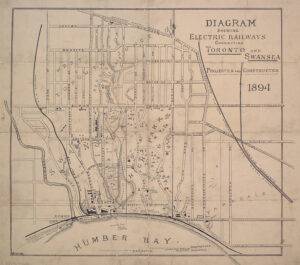
John Worthington, owner of the Bolt Works, donated land for the Swansea school, 10 acres with magnificent views: west to the Humber, east to the hills of High Park and south to Lake Ontario.
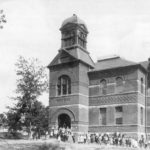
Because of the steep hills and the ponds, development was slow in the rest of Swansea. Today, of the seven original ponds, only Catfish and Grenadier Ponds remain, near the foot of Ellis Avenue, on both sides.
Swansea was incorporated as a Village in 1926 with a population of 3,255. Ten years later it had almost doubled in size. John Rennie, son of William, donated four and a half acres of land east of the school for parkland, now named Rennie Park. Over the next few years, many roads were paved, sewers installed and the Riverside subdivision was built.
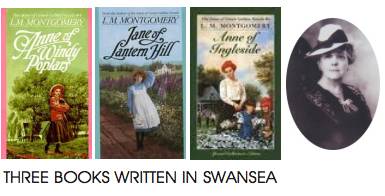
From 1935 until her death in 1942, Lucy Maud Montgomery lived at “Journey’s End”, located at 210 Riverside Drive. When Montgomery moved here, the ravine was oak forest. On June 5, 1935, she wrote in her diary, “The ravine is lovely, so green and ferny. There are darling wild columbines in it.” A small parkette at the intersection of Riverside Dr. and Riverside Crescent is named in her honour.
Massive earthworks have shaped modern-day Swansea. In the 1930s, many lots, including those on Riverside Drive and South Kingsway, were developed due to extensive grading that flattened the huge, sandy hills, making way for housing and roads. In 1935, the hill where Ėtienne Brûlé first glimpsed Lake Ontario was leveled to create 90 building lots for the subdivision. Originally, Dacre Crescent and Coe Hill Drive were ponds that were filled in.

A narrow-gauge railway was built, running from close to the present-day site of Western Technical School to Bloor St., to transport all the soil from a hill south of Evelyn Crescent to change the grading of Bloor Street so sewers could service the area. Until 1914, Bloor Street stopped at the Wendigo Creek ravine. All the land up the steps and along Bloor St. westward from Wendigo Way and north to Glenlake is landfill.
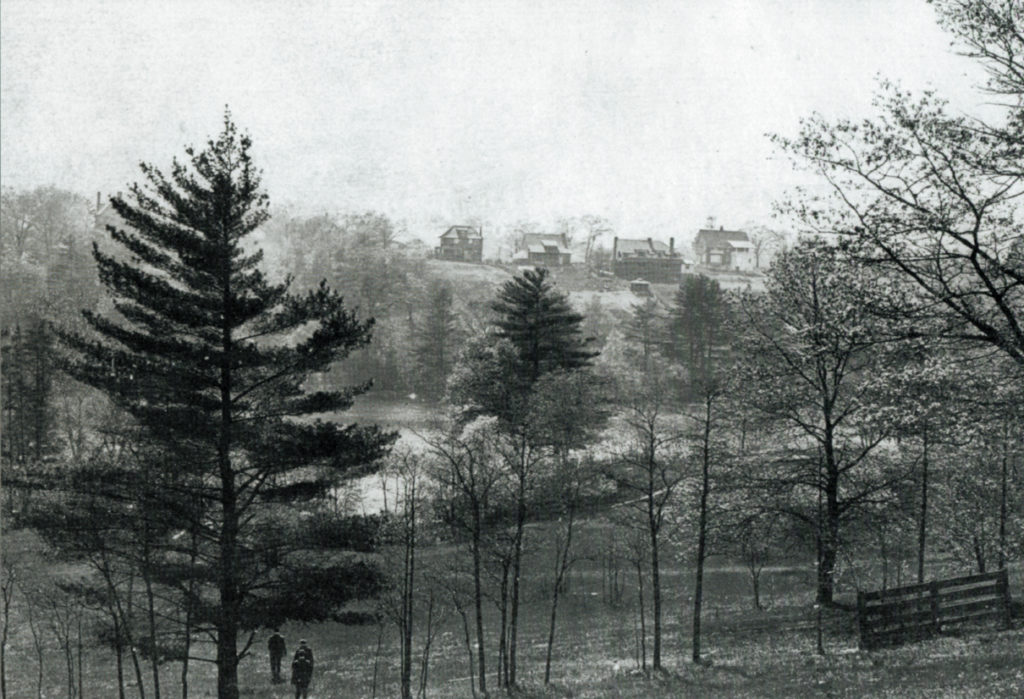
In 1930, the 71 acres including Grenadier Pond on the east side of the former Ellis estate were purchased by the City of Toronto and merged with High Park.
Against the wishes of many local citizens, Swansea was annexed to the city on January 1st, 1967. But its stunning natural boundaries, Lake Ontario, the Humber River and High Park and its steep hills and many trees, continue to make it a place of natural beauty and a well-loved community.
View some historical photos of the areas mentioned above in Swansea, High Park, Bloor West Village and surrounding area in our photo gallery. You can also read about the history of Swansea Town Hall at www.swanseatownhall.ca
